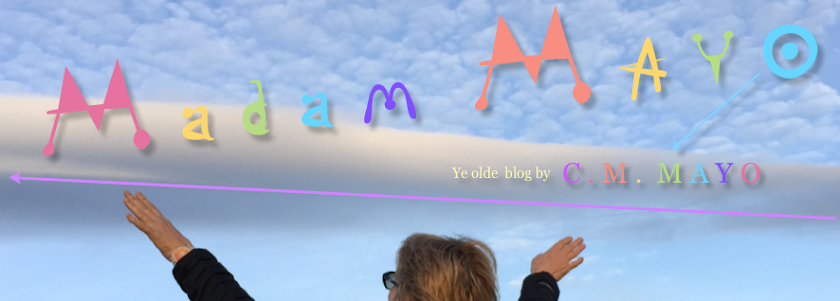A Roundup of 5 Things to Know About Old-Time Rodeo Cowgirls
By Heidi M. Thomas
1. My “Dreams” series is based on my grandmother who rode bucking stock in Montana rodeos during the 1920s. Competing with and riding the same roughstock as men was not entirely socially acceptable, but there were a number of women who won world champion awards at New York’s Madison Square Garden Rodeo, in Canada, and in Europe. While Grandma did not become one of those famous cowgirls, she knew and competed with Marie Gibson of Havre, Montana (and won in a steer-riding competition in 1922). Marie won titles at Madison Square Garden in 1927 and 1931. She was killed in a freak rodeo accident in 1933.
2. Montana produced several bronc riding champions, including Fannie Sperry Steele, Alice and Margie Greenough, and Marie Gibson. The Brander sisters were two more of Montana’s rodeo sweethearts, often riding a bucking Brahma steer—double. They went on to establish a dude ranch and put on many rodeos for visitors.
3. The Miles City Bucking Horse Sale has been a well-known horse sale and rodeo in Montana since 1914. I remember attending the big social event of the year when I was in high school. Although I grew up on a ranch and helped my dad round up cattle for branding and shipping, I did not follow my grandmother’s boot steps into rodeo. For some reason I preferred not to get on anything that was going to buck me off!
4. The Madison Square Garden Rodeo of 1941 was the last time a woman was allowed to compete on the men’s circuit. Vivian White won the women’s championship title that year. My character Nettie in Dare to Dream mentors two young neighbor girls and they have to opportunity to attend that world-renowned rodeo in New York City.
5. The World wars had much to do with the demise of women’s rodeo competition. Rodeos in general declined because most of the men were off fighting and because there wasn’t money to put on rodeos or travel to them. The death of Bonnie McCarroll and Marie Gibson aroused the age-old question—Is rodeo too dangerous for women? The formation of the Rodeo Association of America also contributed, as the all-male organization did not sanction women’s events.
-- Heidi M. Thomas, author of Dare to Dream
COMMENTS always welcome. Send an email about this post and you're automatically entered in Heidi M Thomas's drawing for a free book.
+ + + + + + + + + + + + +
SURF ON:
>Madam Mayo's previous guest-bloggers include the novelists:
Listen in anytime:
>Marfa Mondays: Cowboys Songs By Cowboys
>Marfa Mondays: Mary Baxter, Painting the Big Bend

